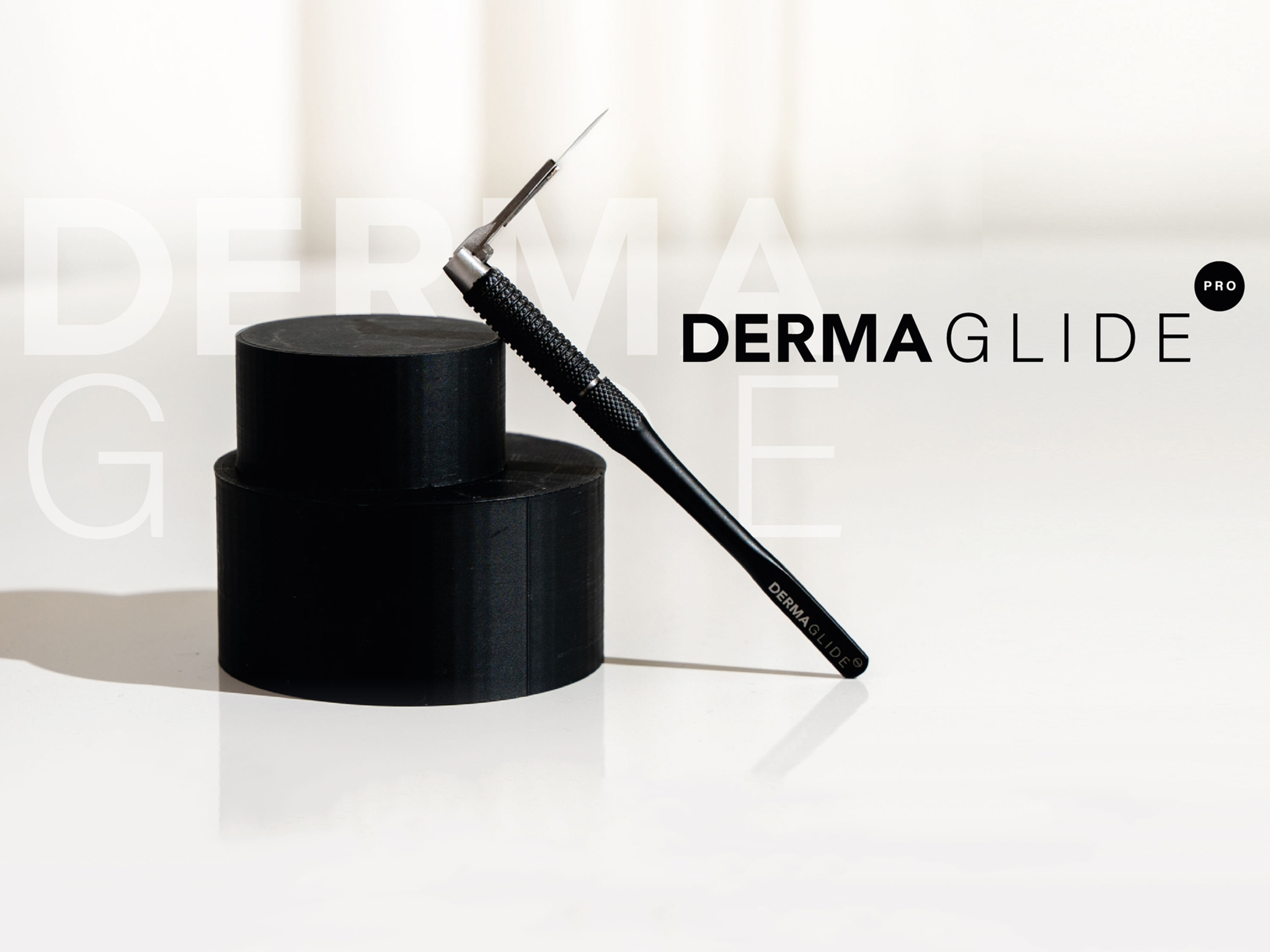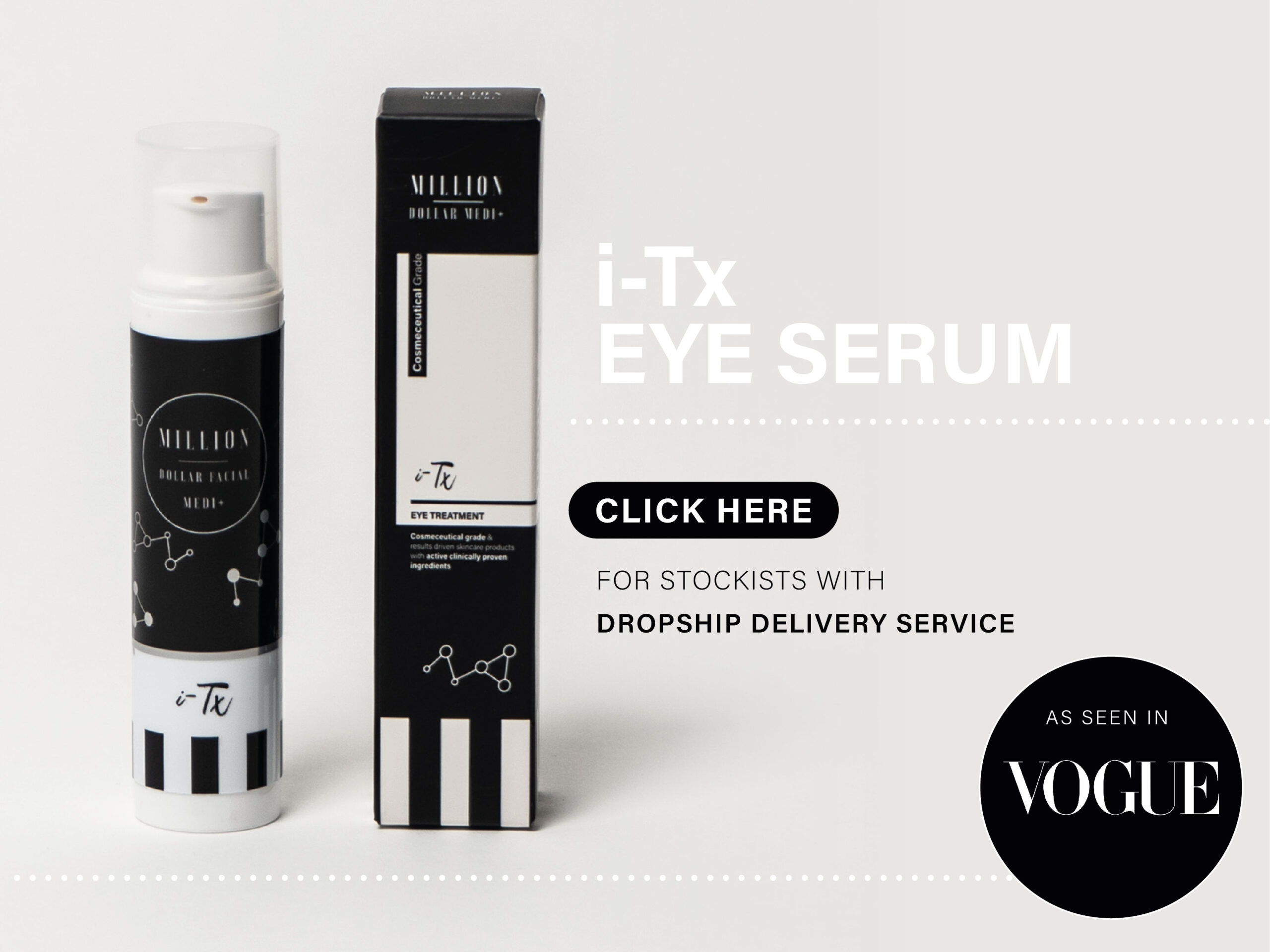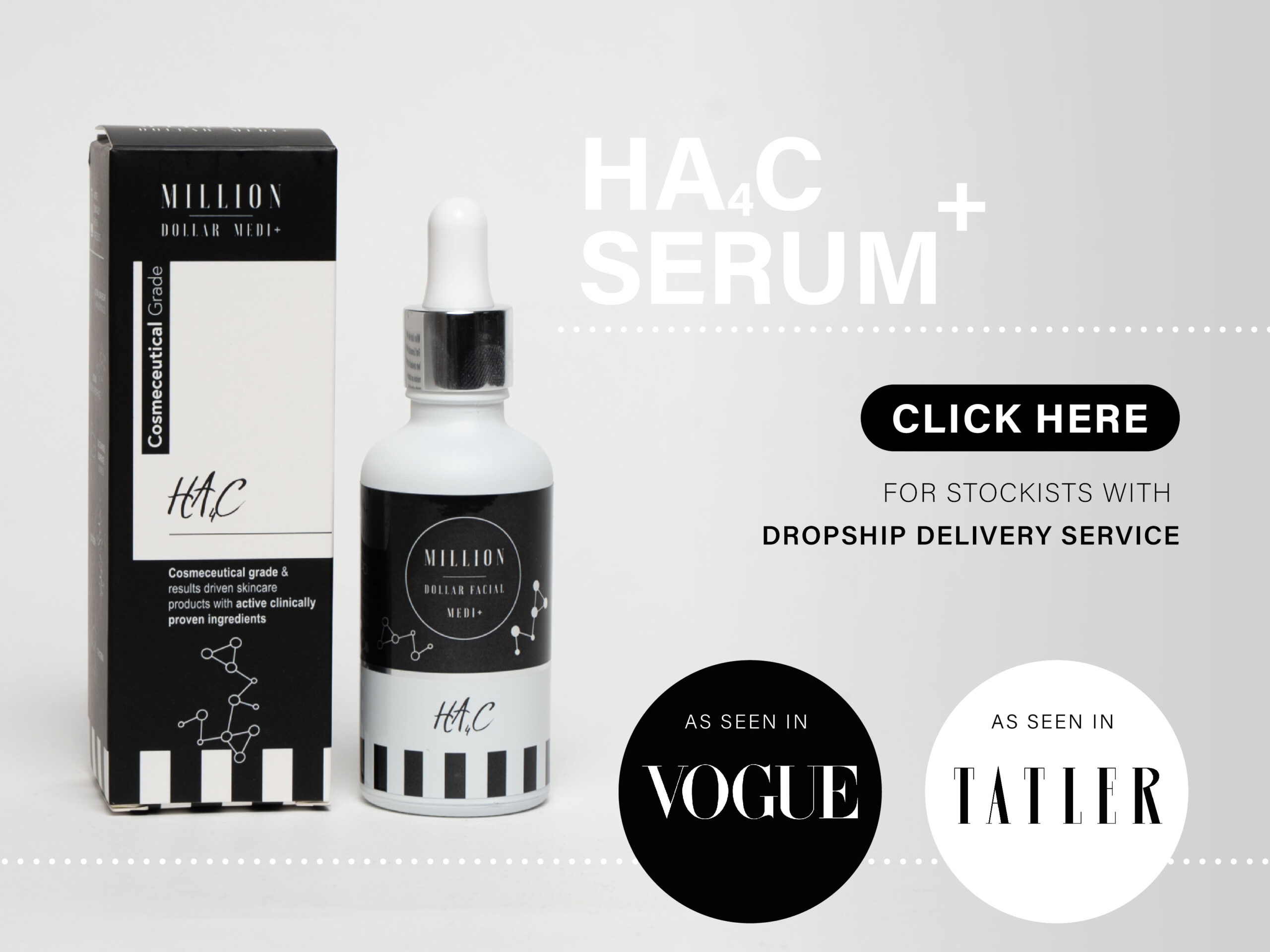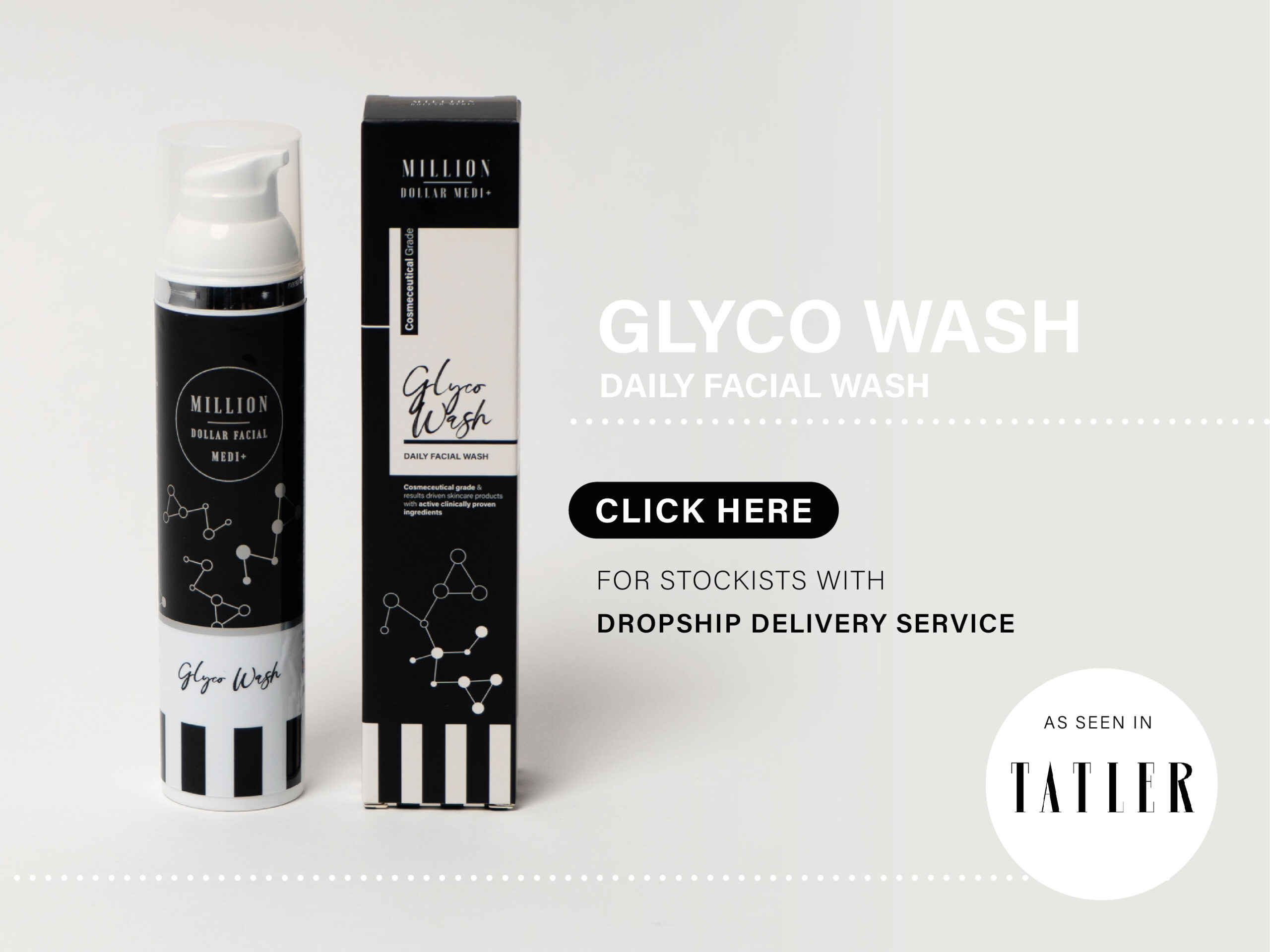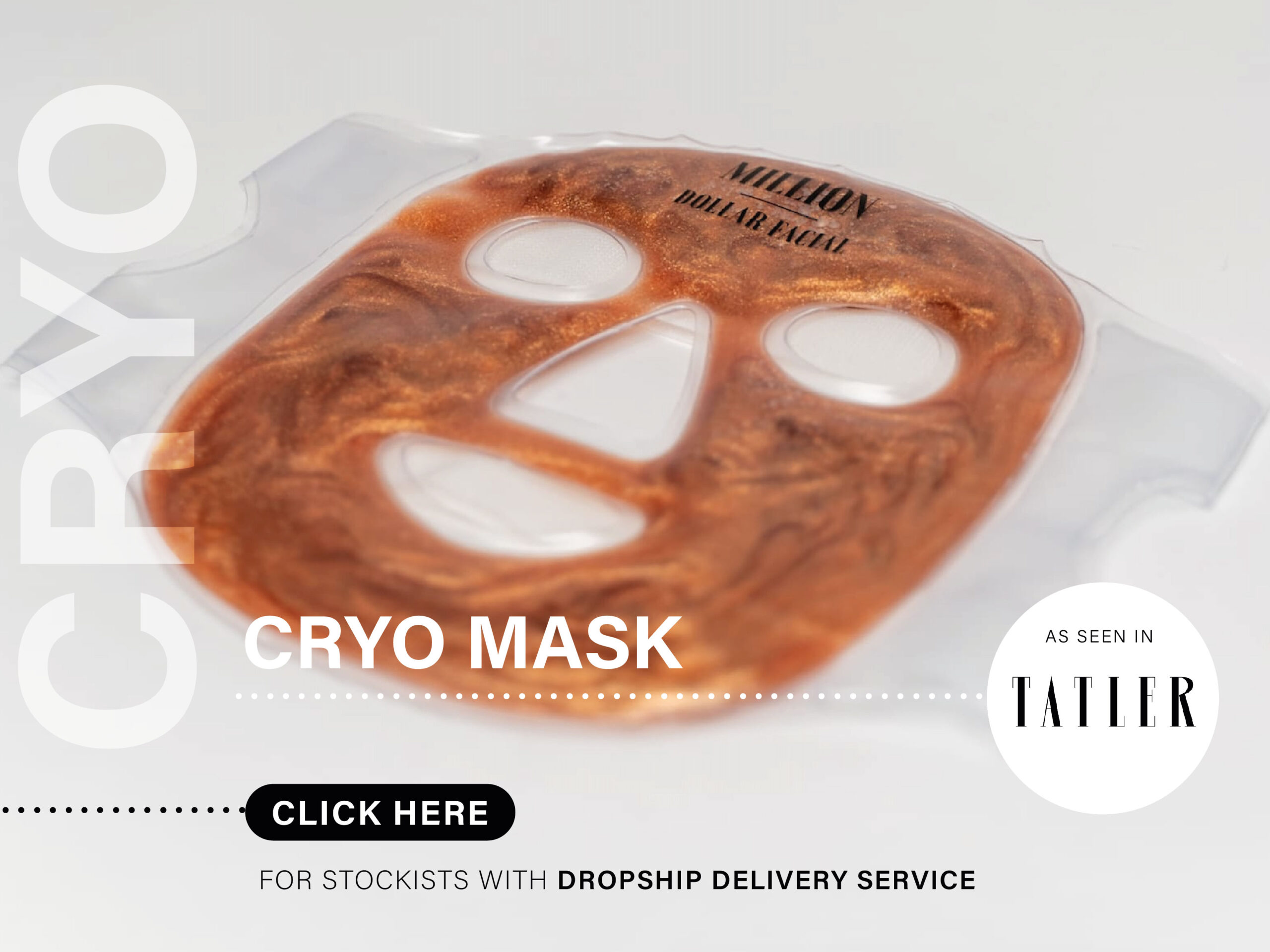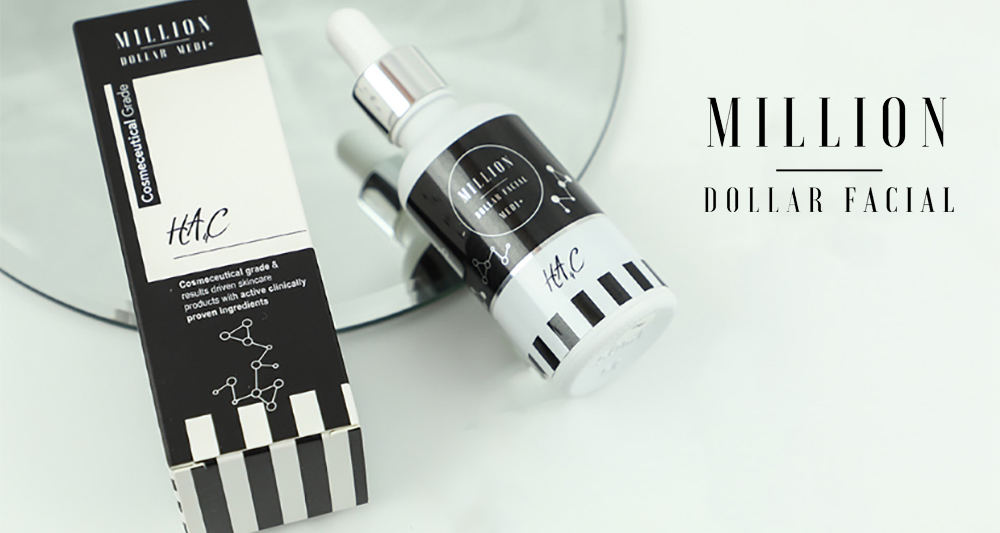Hyaluronic acid is one of the most widely used ingredients in cosmeceuticals but there are various forms of it which are used in many ways from injectable fillers to mesotherapy to topical use, it even appears in some drinks as a nutraceutical.
So, what is it and what are all the different forms?
1. What is Hyaluronic Acid (HA)?
Hyaluronic acid OR HA IS IT IS OFTEN SUMARISED AS is produced naturally by our bodies, and it is used to attract and hold water. This is known as a Humectant, a molecule that attracts water either from the environment or another source. Generally speaking, Hyaluronic Acid in our bodies attracts water from the water we drink via our blood vessels.
It is produced in a lot of places in our bodies and is an integral part of our survival. It is found in joints to keep them hydrated and lubricated so we don’t wear our bones down too quickly, it is found in the humorous of the eye, the main body of the eye to keep it hydrated and in the correct shape, it is also found in skin to keep it hydrated and plump and ensure nutrients can flow freely to the skin to keep it in a good condition.
It is interesting that 1 gram of Hyaluronic Acid can hold up to 6 litres of water so it really is a powerful molecule.

As we age our body’s ability to produce HA decreases leading to stiff joints and loss of volume in our skin which in turn can contribute to sagging, loose skin with lines and wrinkles.
It is worth noting that whilst some moisturisers act as emollients which are oils that sit on the skin to reduce moisture loss to the environment, HA actually pulls water from the environment and the blood vessels into the skin, however if the body is dehydrated neither an emollient or HA can be very effective. Before investing in any HA cosmeceutical the body should be fully hydrated to ensure the HA can actually do its job and draw water to where it is needed. Clients should be advised to drink at least 8 glasses of water per day, throughout the day. A good trick is to tell clients to set an alarm every 2 hours and ensure they drink at least one glass of water per alarm to see maximum results.
HA is also a very fragile molecule and will break down easily in the presence of free radicals (see Vitamin C Blog) therefore using a Vitamin C serum or ideally an HA serum with Vitamin C will help prevent the free radicals form destroying the HA allowing it to do its job for longer.
To boost natural HA concentrations sweet potatoes are a healthy source so adding this superfood to your diet can also help with anti-ageing.
HA has also great evidence as a potent wound healer so is an ideal post treatment product to reduce downtime and improve results from treatment such as chemical peels, laser and micro- needling therapies.
2. What are the different types of HA?
Quite often you will see HA listed as Sodium Hyaluronate, Hyaluronic Acid or BDDE Cross linked Hyaluronic Acid.
All 3 molecules are very similar however there are differences.
Molecular Weights
To better understand the difference, it is important to understand molecular weights.
Put simply molecular weights are the weight of a molecule. We are normally used to thinking of weights in grams (g) or kilo grams (Kg) but because the molecules we use in cosmeceuticals are very small, they need to be to penetrate the skin, a much smaller scale is used, molecular weights are measured in Daltons (Da) or Kilo Daltons (KDa)
1 dalton is so small it is difficult to imagine but 1 grain of sugar is about 0.1 gram which is about 1,000,000,000,000 daltons, so 1 molecule of pure HA is 4000 daltons so you would need about 100 million molecules of pure HA to weigh the same as 1 gram grain of sugar.
- Pure Hyaluronic Acid (HA)
This is 1 molecule of Hyaluronic Acid it has a molecular weight of 4,000 daltons or 4 Kilo daltons often shown as 4kDa.1 dalton is the weight of 1/12th of a carbon atom.Whilst this may seem complicated if you think about it as 12 carbon atoms = 1 Dalton then 1 HA molecule will weigh about the same as 48,000 carbon atoms.
- Sodium Hyaluronate
Sodium Hyaluronate is derived from pure HA in a chemical reaction, and it is a bigger but more stable form of HA. Its molecular structure is shown to the right.As you will see it contains an Na or Sodium atom making it a bigger molecule, Sodium Hyaluronate has a molecular weight of 1,000,000 Daltons or 1000 kDA or 12,000,000 (12 million) Carbon atoms, it is therefore 250 times the size of a pure Hyaluronic Acid molecule.Whilst it is still very effective it cannot penetrate as deeply into the skin as pure hyaluronic acid meaning its hydration properties is more limited.
- BDDE Cross linked Hyaluronic Acid
BDDE Cross linked Hyaluronic Acid, the kind used in injectable fillers has the molecular structure to the right.It is a bigger molecule again and very stable, after all fillers are designed to stay in place for long periods of time and whilst they will help with hydration their primary function is to fill the skin to improve the volume mechanically. These molecules have a molecular weight of up to 20,000 kDa (20 million) or over 400 times the size of pure HA. This is why they must be administered via a needle and syringe as they will not penetrate the skin at all they are too big.So when you need HA for hydration you should consider 2 things, the molecular weight and the stability.
The Million Dollar range has 3 different products containing HA.
HA15 & Hydro Serum
HA15 and Hydro Serum uses 15% of a Sodium Hyaluronate solution, meaning the product is very stable and has a gel like formulae which can penetrate to the upper layers of the skin to provide effective epidermal hydration. The molecular weight of HA used is 250 kDa.
These are ideal products for people who are not very dehydrated and who want to apply HA just once per day.
HA4C
HA4C uses 0.25% pure Hyaluronic Acid with a molecular weight of 2 kDA, this is a new technology and considered ultra low molecular weight. It also has the added benefit of Vitamin C in the formulation to keep this HA stable and protect it from free radical breakdown.

Hyaluronic Acid molecules can carry different weights, resulting in varied function and abilities. With an ultra-low molecular weight of 2-10 kDa, this biotechnological Hyaluronic Acid is 60 times more soluble than medium weight Hyaluronic Acid, therefore despite it being a low percentage it is incredibly powerful and has advanced permeation properties in comparison to higher weight Hyaluronic Acids.

The ultra-low molecular weight of this hyaluronic acid provides quicker penetration through the layers of the skin and faster moisturisation in comparison to any sodium hyaluronate, even those of very low molecular weight.
The molecular size of this hyaluronic acid is optimised to reversibly bind to the CD44 cell membrane receptors, inducing an internal reaction, activating cell proliferation and metabolism.
This particular hyaluronic acid is not a salt, but directly the acid form of the hyaluronan. A hyaluronan is a hyaluronic acid molecule with a molecular weight of less than 250 kDa, this molecule is so small that this form is very solid and stable. It provides quick percutaneous permeation and improvement of moisturisation. Alongside this, it stimulates fibroblast proliferation and increases skin elasticity.

HA4C is an ideal product for dehydrated people or those who wish to top up their hydration levels throughout the day as it has a cumulative effect, i.e. the more often you use HA4C the better the results will be and the longer they will last.









